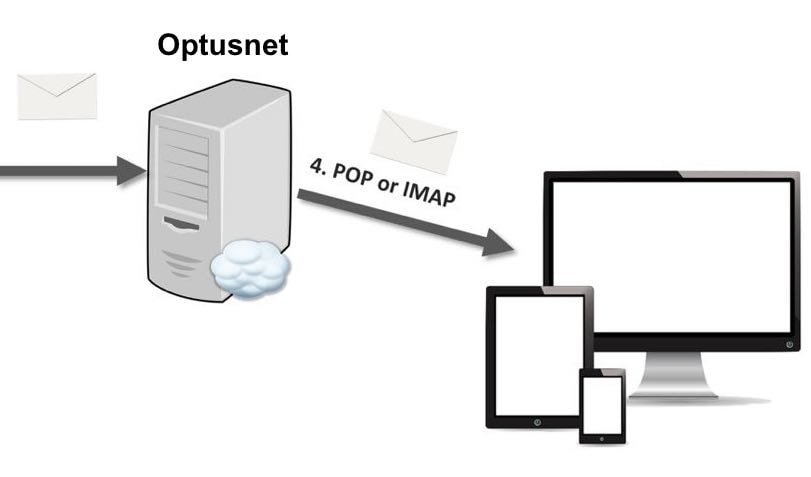In a world where energy consumption is steadily on the rise, and the environmental consequences of our energy choices become more evident by the day, the question of whether renewable energy sources are our future has never been more pressing.
The transition from fossil fuels to renewables is gaining momentum, and it’s not just a matter of choice; it’s a necessity. In this blog, we’ll explore the reasons why renewable energy sources are poised to shape our future and their undeniable advantages.
The Imperative for Change
Fossil fuels, long the backbone of our energy infrastructure, are a finite resource. The imperative for change is driven by several factors, with the most pressing being climate change.
1. Climate Change Threat
The undeniable link between greenhouse gas emissions and global warming has spurred international efforts to reduce carbon emissions. Renewable energy sources, such as solar, wind, and hydropower, produce little to no direct greenhouse gas emissions during energy generation. This attribute is pivotal in mitigating the existential threat of climate change.
2. Air Quality and Public Health
Fossil fuel combustion not only contributes to climate change but also leads to air pollution, endangering public health. The use of renewables reduces harmful pollutants, improving air quality and reducing the burden on healthcare systems.
3. Energy Security
Dependence on foreign oil and the geopolitics surrounding fossil fuel reserves make countries vulnerable to supply disruptions and conflicts. Renewables reduce this vulnerability, as they can often be harnessed domestically and provide a degree of energy security.
Renewable Energy Sources: The Cornerstones of Our Future
Renewable energy sources, driven by technological advancements and increased accessibility, are emerging as the cornerstones of our energy future.
1. Solar Energy
Solar panels, which convert sunlight into electricity, have become emblematic of renewable energy. The declining cost of solar panels, along with their flexibility in installation, has made solar energy an attractive choice for both residential and commercial consumers. In many regions, homeowners can even sell excess energy back to the grid, creating a two-way energy flow.
2. Wind Power
Wind turbines harness the kinetic energy of the wind, transforming it into electricity. Wind farms have proliferated across the globe, with their efficiency and aesthetics improving over time.
3. Hydropower
Hydropower has long been a reliable source of renewable energy. Dams and hydroelectric plants convert the energy of flowing water into electricity. With proper management, hydropower can provide a constant source of energy.
Advantages of Renewable Energy Sources
The shift toward renewable energy sources is not just about reducing carbon emissions. There are several compelling advantages to this transition:
1. Economic Growth
The renewable energy sector is a burgeoning industry, offering opportunities for economic growth and job creation. As technology advances, it’s expected that more jobs will be generated in research, development, manufacturing, installation, and maintenance of renewable energy systems.
2. Energy Independence
Renewable energy reduces the reliance on imported fossil fuels, promoting energy independence and national security. This shift also insulates economies from the volatility of global oil markets.
3. Sustainable Resource Management
Renewable sources are sustainable, as they draw upon natural processes that are continually replenished. They don’t deplete finite resources or harm the environment.
4. Reduction in Environmental Impact
Renewables have a significantly lower environmental impact compared to fossil fuels. They produce no air pollution, reduce water usage, and decrease the strain on ecosystems.
Challenges and Solutions
While renewable energy sources hold tremendous promise, there are challenges to overcome:
1. Intermittency and Storage
Renewables, particularly solar and wind, are intermittent energy sources. They rely on weather conditions, which can be unpredictable. To address this, energy storage technologies, like advanced batteries, are being developed to store excess energy for use during periods of low generation.
2. Infrastructure Investment
Transitioning to renewables requires substantial infrastructure investment. Governments and industries must collaborate to build the necessary infrastructure for energy generation, transmission, and storage.
3. Public Perception and Policy Support
Widespread adoption of renewable energy depends on public support and favorable policies. Governments must enact incentives and regulations to encourage the adoption of clean energy solutions.
The Future is Renewable
The transition to renewable energy sources is not just a matter of choice; it is an imperative driven by environmental concerns, energy security, and economic opportunities. The advantages of renewables, from reduced greenhouse gas emissions to improved air quality and job creation, are hard to ignore. When it comes to saving on electricity bills, also make sure to check the average price of electricity in texas and learn more about energy plans that you can get to supplement your solar panel to ensure a consistent power supply.
As technology continues to advance and investment in renewable infrastructure grows, the future becomes increasingly promising.
In the face of a changing climate and diminishing fossil fuel reserves, renewable energy sources are not just an option; they are the future we must embrace. They offer a path toward sustainability, economic growth, and a healthier planet for generations to come. Our future is renewable, and it’s a future we should all be excited to embrace.




